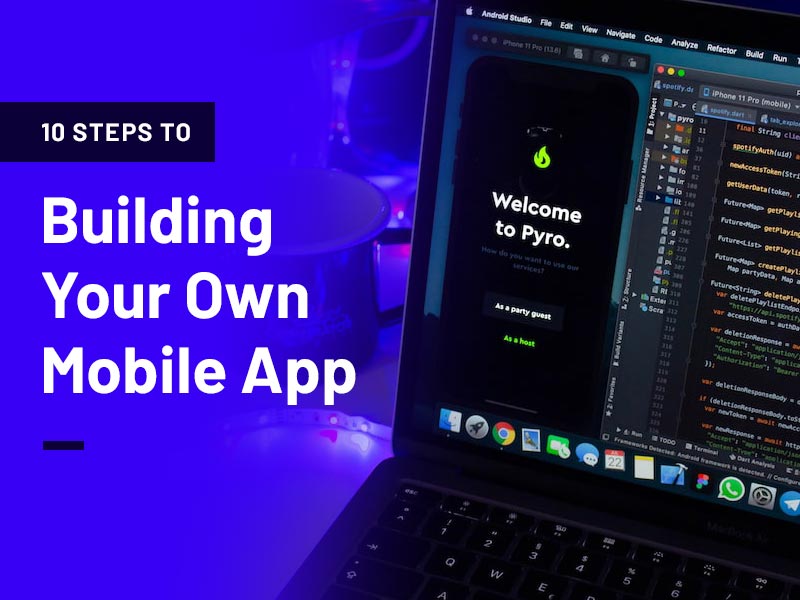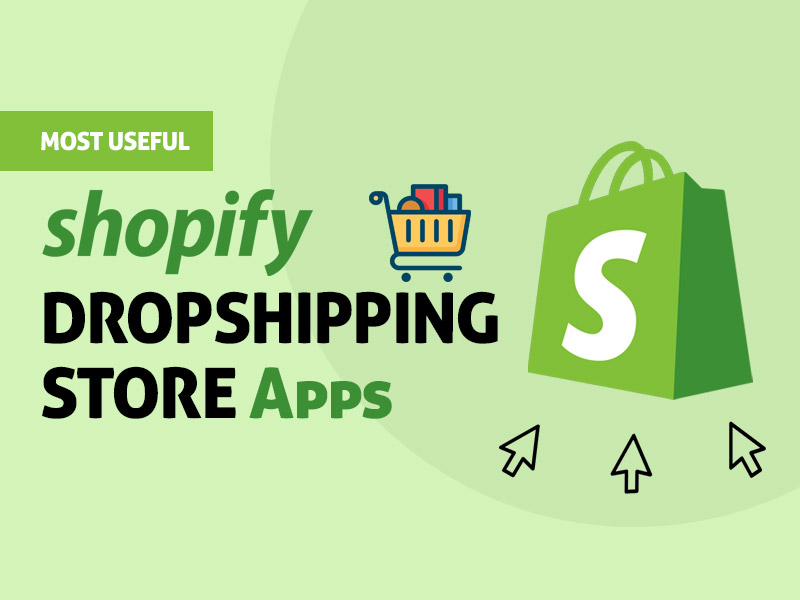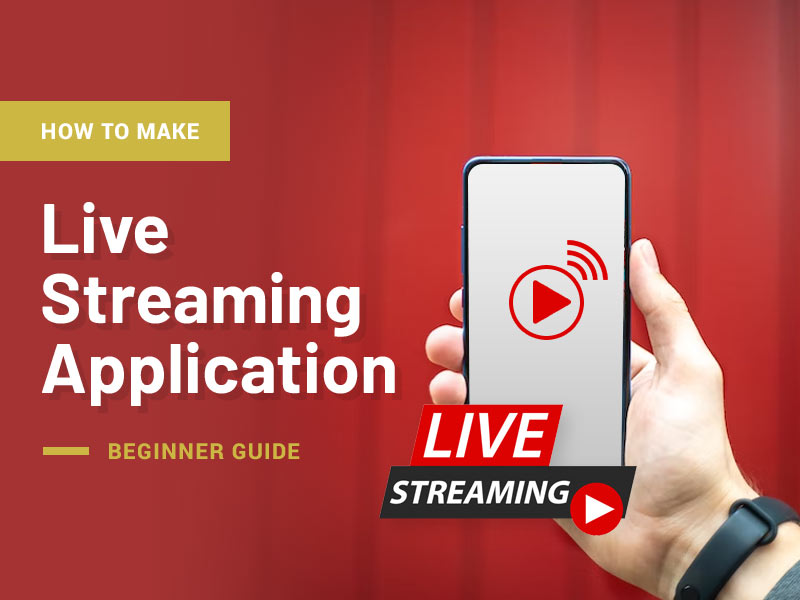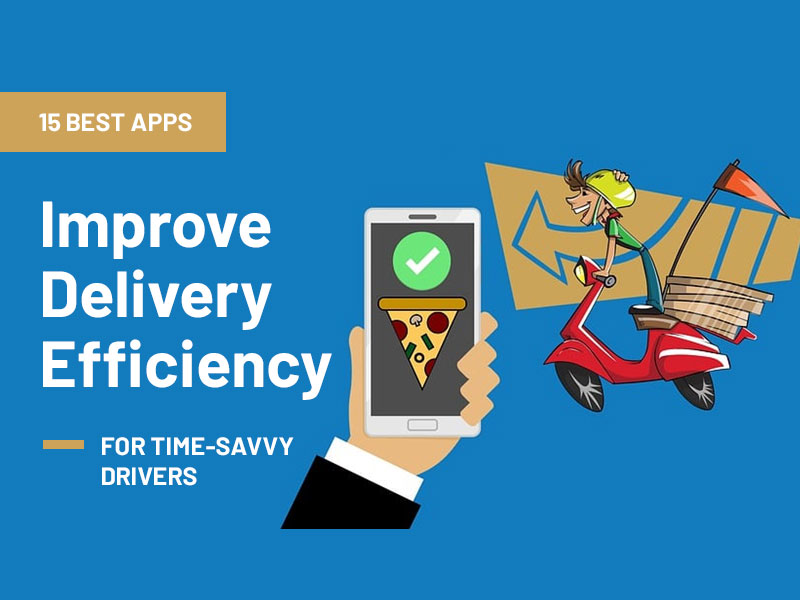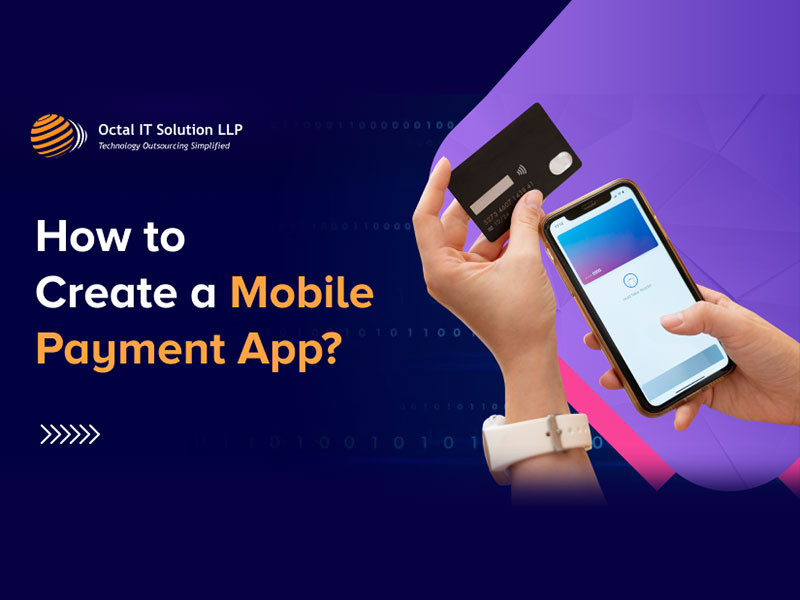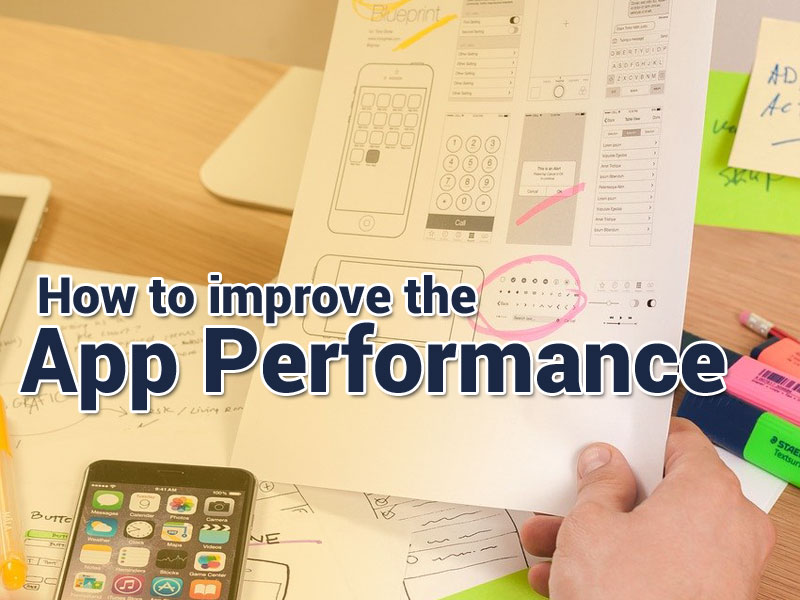
Luckily, in this article, Emphasoft mobile app development company brings you practical steps to start your app creation process.
Let’s get right in
Steps to Building Your Own Mobile App
1. Create Your App Idea
You’ve decided on your app idea. Then, voila! On to the next step. But if you still need to, you must create a workable idea that provides an in-demand solution.
First, remember that there is no perfect or new innovation. 4+ million apps are in the market today. So, it’s okay if your potential idea is already existing. Old books birth new thoughts. In the same way, the old and existing app provides a vision for new apps. You don’t have to be overly creative; sometimes, a few tweaks will do. Here are some techniques:
- You can find an existing app, add functional features, combine different and related app ideas into an app, or target a different market not covered by your competitor.
- You can also think of a shared life problem that you face. Check if there’s an existing solution. If there isn’t, create a relevant product.
- If there is an existing solution for such a problem, check out the app deficiencies and pounce on the lapses.
- You can also get ideas from strong competitors if the competitor has failed to address crucial user requests or fails to update his app. Provide a better solution and attract his customers. You can even add some advanced and usable text tools to spice it up.
2. Make A Comprehensive Competitor And Market Research
Whatever app you create, you’ll always have a competitor. 0You hardly see new ideas anymore. Most apps today are a remix of different existing solutions. And that is why competitive research is non-negotiable.
The basis of competitive research is determining how well your competitors meet users’ needs. So, create a list of different app competitors and study these key metrics:
- Features of Each App: check out the characteristics of each app, which provides unique features, what can be improved, or which quality is completely missing from these apps.
- Monetization Model: Are they using a suitable Monetization model? How can it be tweaked to generate better profits?
- Competitor Financial Might: who are you up against? Is it a large company with limitless funds for marketing and updates or individuals? You might target a different market for the former since you can’t compete with their financial might. In contrast, you might wrestle it out with a fellow individual.
- App Maintenance and Support: Take note of how often the app publisher updates his app. You might find a loophole to pounce on.
- Reviews: Ask what features are rated highly, which isn’t usable, and which unavailable quality does the customer demand? Reviews get you valuable insights about an app.
- You can also check the app download rates, user retention, and churn rates of competitors. And analyze the reasons behind their trajectory.
3. Refurbish Your Idea
Here, the more specific, realistic, and objective you are about your app idea, the better. Once you’re sure about your app idea, pitch it to others.
Listen to the opinions of family and friends, mention them in online communities or Twitter threads, let people find loopholes, and look for how to plug the gaps. Sometimes, a friend’s insight might have the most effective change on your app.
Meanwhile, you can also get professional consultations. Meet experts from smartphone app development companies like Emphasoft, and ask them how technically realistic an idea is.
Continue refining your idea until you’re confident it’s primed for the market.
4. List out The Features
Now you’ve got a clear picture of your app features in your mind. It’s time to pen it down.
Write out the core and miscellaneous features. Be specific. You don’t have to create a bulky copy like a Business Requirements Document. But the list should be detailed enough to contain the full features of your app.
5. Create An MVP And Analyze Metrics
No matter how detailed research you’ve done; your app will only take shape once someone uses it and make commendations and complaints about it.
The best way is to create an MVP and determine what the user wants.
A Minimum viable product is a miniature version of an app with its core functionalities. With an MVP, you spend little money, get feedback on the app, and incorporate it in future updates.
Creating MVP and continual updates can be pivotal to the success of your app. For context, MailChimp and Twitter started as MVPs. Then, it gradually upgraded to fully-fledged products.
6. Make Design Wireframes or Prototypes
Now you’ve penned down your app features. It’s time to put it into a graphical representation.
In the past, developers used pencil and paper to sketch out the app image and get ready to code. It’s old but still fascinating. But digital tools might be better if you prefer working on a laptop. Here is my top picks:
- Figma: This is a free tool to create mockups for your app. It’s compatible with Windows and Mac PCs.
- Sketch: Another great tool. However, it is neither free nor works on other PCs except Mac. But it’s the most featured and template-loaded.
Prototypes serve lots of purposes. It’s the outlook of your final product. Hence, you can always present it to investors to raise funds for your app. It also guides the experts during the development process.
If you’re a professional designer, job done! Just create the mock-up and move to the next step. It will take some time, though, depending on your expertise.
If not, consider the following options.
- Hire a freelance graphics designer
- Partner with a designer
- Use pre-designed templates
7. Building Your App
Here, it’s always wedged among six options (but I suggest you go for the sixth one!)
- Coding It Yourself: You’d have to spend several months learning mobile app development. In the meantime, your app idea may become obsolete.
- Hiring Freelancers: You can always see freelance and full-stack mobile app developers on Developers For Hire, Fiverr, or Freelancer.com. At competitive prices, they get your app done in no time. However, they only handle the coding exercise. It isn’t the best option because you’d still need to hire UI/UX designers, project managers, and QA testers, among other professionals.
- Partnerships: You can also get a technical expert as a partner. While you refine the idea, he executes it into a fully-fledged app. Then, both of you have specific stakes in the profits.
- Hiring An In-House Team: These employees get salaries for coding your application. But once the app gets completed, you may not need as many experts. Since app maintenance is sporadic, hiring and laying off experts at intervals isn’t viable. Thus, startups usually get an expert in-house and supplement it with freelancers or software development companies when needed.
- Using An App Builder: You can create functional apps with little or no coding knowledge. With a template and drag-and-drop features, you can create a solution. However, you may have to forgo significant customization features.
App builders aren’t optimal for building high-performance apps. Instead, it can create something simple like calculators, weather forecasts, or To-Do-List apps.
- Mobile App Development Outsourcing: Software development companies code your app while you pay the costs, supervise the project and get your finished product.
Plus, you don’t have to hire freelancers for different tasks. The agency has project managers to manage your app development, developers for backends and frontends, UI/UX experts for app design, QA engineers for testing and debugging, and even content writers to create a brilliant content strategy.
But your job isn’t done once your app gets completed. Instead, you are just getting started. Publish your app on Play Store or iOS App Store. Fulfill their requirements, gets your app reviewed, pay the needed cost, and get your app live.
You should also know that each app market targets different audience demographics. App Store is the best platform to create paid or premium apps. Free apps work best on Google PlayStore and have a more extensive audience base and market share.
8. Marketing Your Application
Ideally, app marketing should commence before your app gets launched. That’s how you whet your audience’s appetite as they await the app release. Here are a few techniques to market your app:
Pre-Launch
Create a landing page: Give regular updates about your product. Convert visitors, get their emails and send them notifications once your app gets released.
Create a media kit for your app: Who doesn’t love media publicity? A media kit guides journalists willing to write about your product. It contains all essential information about the software, logo, your app startup, and brand, amongst other things. Attach the media kit to your landing page.
Sometimes, journalists pique interest in your app journey. Narrate your stories on how your app got built, your journey here, pitfalls, and breakthroughs. People love stories! And by that, you’re getting free publicity.
Post-Launch
Now the audience is primed to receive your product. Send emails and newsletters about your product, informing them about your app’s unique features.
A press release is another great way to publicize your app. You might even get more journalists’ free publicity.
Traditional Marketing: Consider traditional marketing, depending on your audience. You can advertise on TV, radio, billboards, or any medium that will reach your audience.
Paid SEO: Paid SEO is excellent for driving high traffic in the short term. You can advertise on platforms like Google, Twitter, YouTube, or any medium where your audiences are.
Unpaid SEO: Develop a content marketing strategy using SEO and drive traffic to your app. You rank high in search results, gather visitors, and convert them to customers. It is more suited to long-term sustainability.
Influencer Marketing: This could be a celebrity or well-known industry leader that has your audience as customers. Pay them to mention your product in their posts.
9. Improve Your App Performance With Feedback
You must never stop development, even after your app has performed well in the market. Listen to criticism about your app and use it as a launchpad to create better solutions.
The best products constantly update their apps. Products like Microsoft, Facebook, and Twitter, to name a few, are known for incorporating regular updates.
Getting Better Solutions To Full-Cycle Development
Outsourcing mobile app development provides the most straightforward alternative to budding app entrepreneurs. You only have to develop your app idea. They help you refine the concept and create an MVP, prototype, and complete product. Then, once your app gets launched, they provide after-development maintenance services.
Get more insights from Emphasoft mobile app development company.
